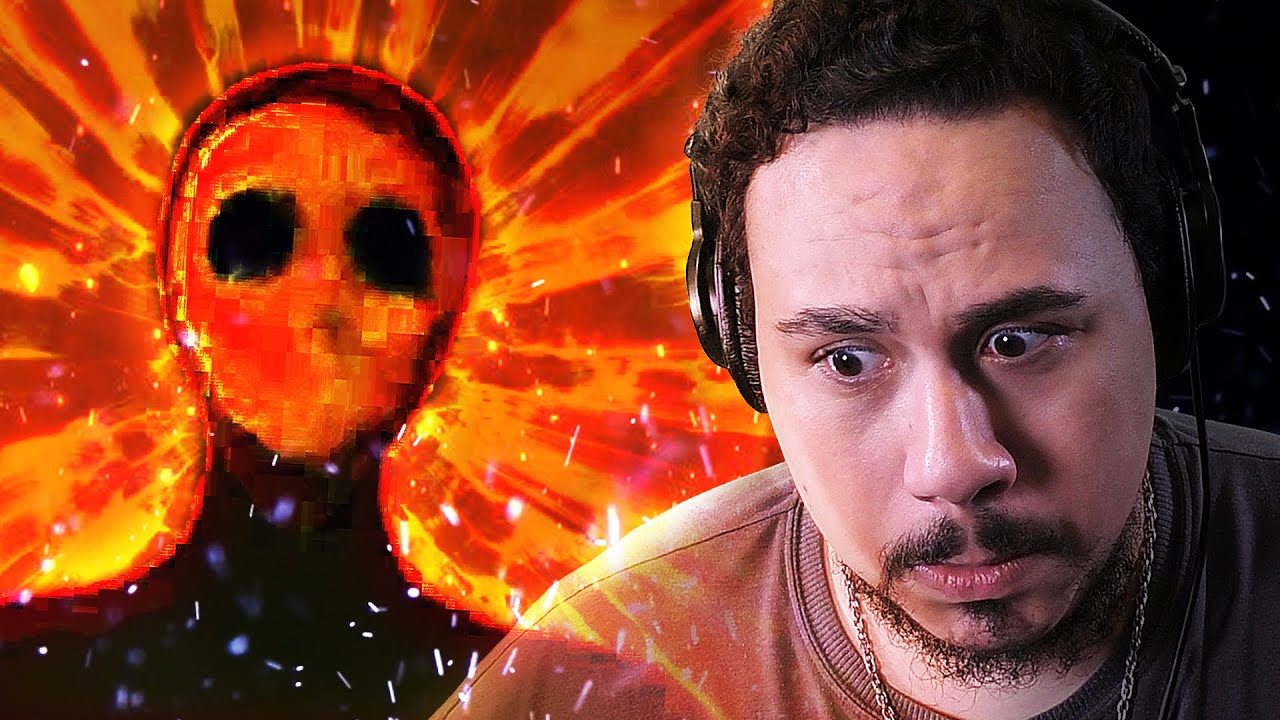
Horror Game Myths That Make You Want Sleep With the Lights On!
Horror Yearbook – Are you a fan of spine-chilling experiences? If so, you’re probably familiar with the terrifying world of horror games. But did you know that some of the creepiest stories in these games come from myths? These horror game myths have haunted gamers for years, blurring the lines between fact and fiction. Before you start your next horror game marathon, think twice about playing in the dark.
In this article, we’ll explore some of the most spine-tingling horror game myths. These myths have terrorized players and inspired countless theories and nightmares. Get ready to dive into the creepy side of gaming.
One of the most infamous horror game myths involves Polybius, a supposed arcade game from the 1980s. Some legends say the game caused players to suffer psychological effects like seizures, memory loss, and amnesia. Others claim mysterious government agents collected data from the machines. While many believe Polybius never existed, the myth persists.
Despite being widely regarded as a hoax, Polybius has influenced many games in popular culture. References to it show up in several horror games, adding to its eerie legacy. Even if the game didn’t exist, its psychological impact—real or imagined—has made it a staple in horror gaming lore.
Read more :The Secret Behind Ultra-Luxury Mattresses: Materials That Redefine Comfort
The Legend of Zelda: Majora’s Mask is another game tied to a creepy myth. The game’s plot revolves around a cursed mask with malevolent powers, and some players believe the game itself is cursed. According to the myth, strange events follow players who finish it—bad luck, vivid dreams, and even unexplained occurrences.
This horror game myth gained traction because of the game’s unsettling atmosphere. The ticking clock, apocalyptic themes, and eerie characters all contribute to its dark reputation. Even though the curse is just a myth, the unsettling nature of the game makes it hard to shake the feeling that something’s amiss.
At first glance, Bubsy 3D seems like an innocent platformer. However, it’s tied to one of the more bizarre horror game myths. Players claim that the game’s commercial failure led to strange events for the developers. Some say those involved in the game’s release experienced bad luck, car accidents, or career setbacks.
Though no evidence supports the Bubsy 3D curse, the myth adds a layer of intrigue. A game that was panned by critics could somehow become the source of bad luck? That makes the Bubsy 3D myth especially creepy for gamers and conspiracy theorists.
Even The Sims, known for its light-hearted gameplay, has a dark horror game myth. According to the myth, using a certain cheat code traps Sims in rooms and causes them to starve or die. Some even claim that ghostly apparitions appear after these deaths.
While this myth stems from the game’s mechanics, it adds a disturbing twist to what’s supposed to be a creative and fun experience. The stories shared by players over the years have fueled the idea that The Sims has a darker side.
One of the most terrifying horror game myths is the story of Slender Man. Originally part of an internet myth, the character became a central figure in the indie game Slender: The Eight Pages. The objective? Avoid the faceless creature while collecting hidden pages. But this horror game myth became real when two young girls attempted to murder a friend to appease Slender Man.
This tragedy blurred the line between myth and reality, raising questions about the influence of online legends. The Slender Man myth left a lasting impact on the gaming world, reminding us of the power of stories and their real-world consequences.
From Polybius to Slender Man, these horror game myths prove the power of storytelling in gaming. Whether you believe them or not, these myths have shaped the horror gaming community. Some embrace these stories as part of the thrill, while others question where fiction ends and reality begins.
The horror game myths we’ve explored are more than just stories—they’re part of the fabric of horror gaming culture. So the next time you load up your favorite horror game, remember that sometimes, the scariest things aren’t in the game itself—they’re in the myths we tell about them.